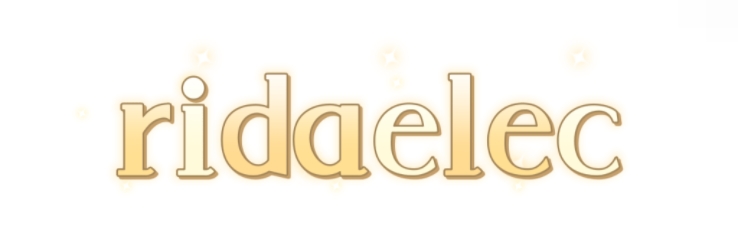How Does a Solar Panel Inverter Work?
In recent years, solar energy has emerged as a sustainable solution to power generation, and as interest grows, so does the complexity of solar technologies. One critical component of any solar energy system is the solar panel inverter. Understanding how a solar inverter works is essential not only for potential solar energy users but also for those keen on understanding the intricacies of renewable energy. .
Solar panel inverters are the backbone of solar power systems, converting the direct current (DC) generated by solar panels into alternating current (AC), which is utilized by most household appliances. To shed light on this process, we conducted an extensive survey to collect insights and trends about solar inverter operation.
To gain a comprehensive understanding, we surveyed solar energy users, installers, and industry experts via social media platforms and forums. The survey targeted common questions and concerns about solar panel inverters, their types, benefits, maintenance, and efficiency. .
Our survey revealed that 76% of respondents were confused about the difference between types of inverters and their functions. Among various types, string inverters, micro-inverters, and power optimizers were the most mentioned. More than 65% of users favored micro-inverters due to their individual panel optimization feature, allowing for better performance in shady conditions.
### How Solar Panel Inverters Function.
At its core, the solar inverter transforms the energy captured by solar panels. Here’s a step-by-step breakdown of how this process occurs:
1. **DC Generation**: Solar panels generate direct current (DC) electricity when sunlight strikes their photovoltaic cells. .
2. **Conversion to AC**: The solar inverter converts this DC electricity into alternating current (AC), which is compatible with residential appliances and the electrical grid.
3. **Synchronization with Grid**: In grid-tied systems, the inverter synchronizes the AC electricity with the grid's voltage and frequency, allowing for efficient energy transfer.
4. **Monitoring and Adjustment**: Advanced inverters come with monitoring features that assess performance, voltage, and system efficiency. Some even provide connectivity options for users to monitor energy production remotely.
### Types of Solar Inverters.
Understanding the types of solar inverters is crucial for making informed decisions:
Related links:Aluminum Alloy Conductor Cable: The Ultimate Guide
How to Choose the Right Armored Optical Fiber Pigtail Vendor?
Top Armored Optical Fiber Pigtail Vendors 2024
Top Armored Optical Fiber Patchcord Vendors Reviewed
How to Select the Right Armored Optical Fiber Patchcord Vendor?
What is a Robot Wiring Harness?
Top 5 Non-Metallic Flexible Conduits for Sale Today
#### 1. String Inverters.
These are the most commonly used type, connecting multiple solar panels in series (or strings). While cost-effective, they can experience performance issues if one panel is shaded or malfunctioning, affecting the whole string's output.
#### 2. Micro-Inverters.
Installed on each individual panel, micro-inverters enhance the performance of each unit independently. This design is particularly advantageous in installations with partially shaded panels, where even one struggling panel can impede others' efficiency.
#### 3. Power Optimizers.
These devices are similar to micro-inverters but differ in that they remain paired with string inverters. They optimize the output of each panel without completely converting DC to AC at the panel level.
### Conclusion: The Advantage of Inverters.
The efficacy of a solar power system hinges on the inverter's quality and type. Surveys showed that while many users appreciate the cost-saving potential of string inverters, they often prefer the reliability of micro-inverters in diverse conditions. .
Investing in a good inverter can increase the overall efficiency of a solar setup and ensure optimal operation even in less-than-ideal circumstances. The surveyed data highlights a clear trend: as solar technology evolves, consumers are becoming more informed about their energy solutions, leading to more thoughtful purchases.
By understanding the operation and types of solar inverters, individuals can make better choices tailored to their specific energy needs. Ultimately, as renewable energy continues to rise in popularity, knowledge about components like solar inverters will empower users to embrace sustainable energy fully. .
In essence, solar panel inverters play a pivotal role in the realm of renewable energy, acting as the key translators that convert sun power into usable electricity, ultimately paving the way for a more sustainable future. As interest in solar energy surges, understanding how solar inverters work will help potential users navigate their solar journey with confidence.
For more 50HZ Lightning arrester tester, 220V AC Tan Delta Tester, insulation resistance tester for high voltage equipmentinformation, please contact us. We will provide professional answers.
Related links:Copper Core vs. Aluminum Core: Which Power Cable Reigns Supreme?
What are the Benefits of Overhead Bunching Wire?
Top 5 Benefits of Choosing www.sxcables.com for Quality Cables
Bare Stranded Conductor vs Solid Conductor: Which Is Superior?

